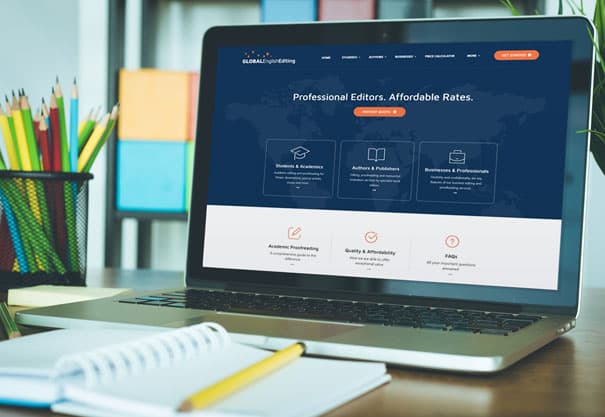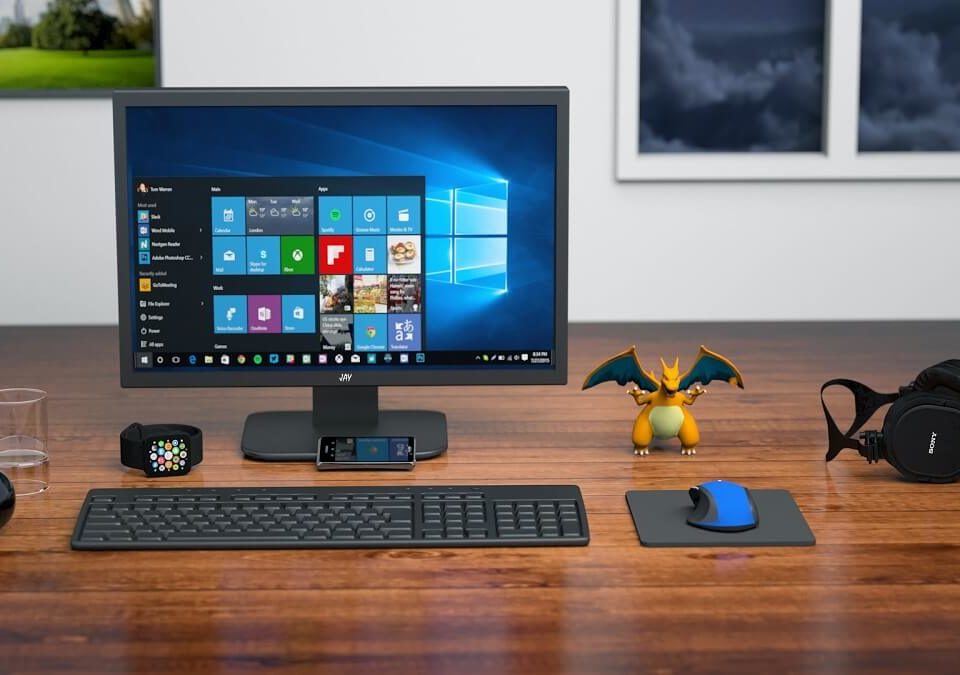
Strong and consistent content.
February 22, 2019
Short blurb of text
March 12, 2019It is crucial for every business to have a website. However, a lot of the time, small local business owners have limited knowledge when it comes to web design best practices.
Usually, hiring a web design company or a freelancer is a good move to have your website set up for you. But these providers obviously aren’t also in the know when it comes to your products and may not know what it takes to sell.
That’s why building a website is a collaborative process.
While having an effectively designed website can boost your sales, an average or poorly designed one will cause you to lose potential customers. As an owner of a local business, you should have some basic idea of what you need to have on your site and what to avoid.
Related article: 72 Must-Have Features for Ecommerce Website [Infographic]
To make things easy for you, we have created an infographic that shows 53 must-have features for a local small business website. Consider this a checklist or a guideline for you and your developer – you’ll thank us later!
Now, you have an idea of all the essential features of a local business site. You can easily check if your site follows the above-mentioned recommendations by using a website health checking tool like eRanker. Next, let’s move into a more detailed description of these features.
Header and Home
1. ccTLD domain
Your domain name should represent your business or be related to your service. Additionally, a local business should have a country specific domain (ccTLD). For an Australian website, for instance, a .com.au domain is the best choice.
A ccTLD (Country Code Top-Level Domain) is one of the strongest ways to show users and search engines where your business originates. It will help your website rank higher in search engine result pages.
2. Phone number
Mentioning a phone number is very important for local business websites. We would also recommend adding a live chat functionality. The more communication options a customer has, the better.
3. Logo
A logo is a crucial part of online branding. An elegant, clearly designed logo helps to build trust – consider having it placed in the upper left corner of your website where it is highly visible.
4. Main menu
Your main navigation works as a map of your site. For a local business, the main navigation should contain all the important pages of your website including home, about, services/products, blog and the contact page.
Depending on your business, a slightly different menu design may be appropriate. But don’t try to get overly cute with it without a good reason; the aim of the main navigation is to let the visitor easily navigate through the site. It should be as clear, simple and easy-to-use as possible.
5. Heading and tagline or USP
The heading of your site should contain some of the important keywords that sum up what your business is about. It is very important for getting a good ranking in search engines.
The tagline represents your business by using a few words in a creative way. Its aim is to catch the visitor’s attention. Crafting a perfect tagline is difficult as it needs to be clever and also easy to understand.



